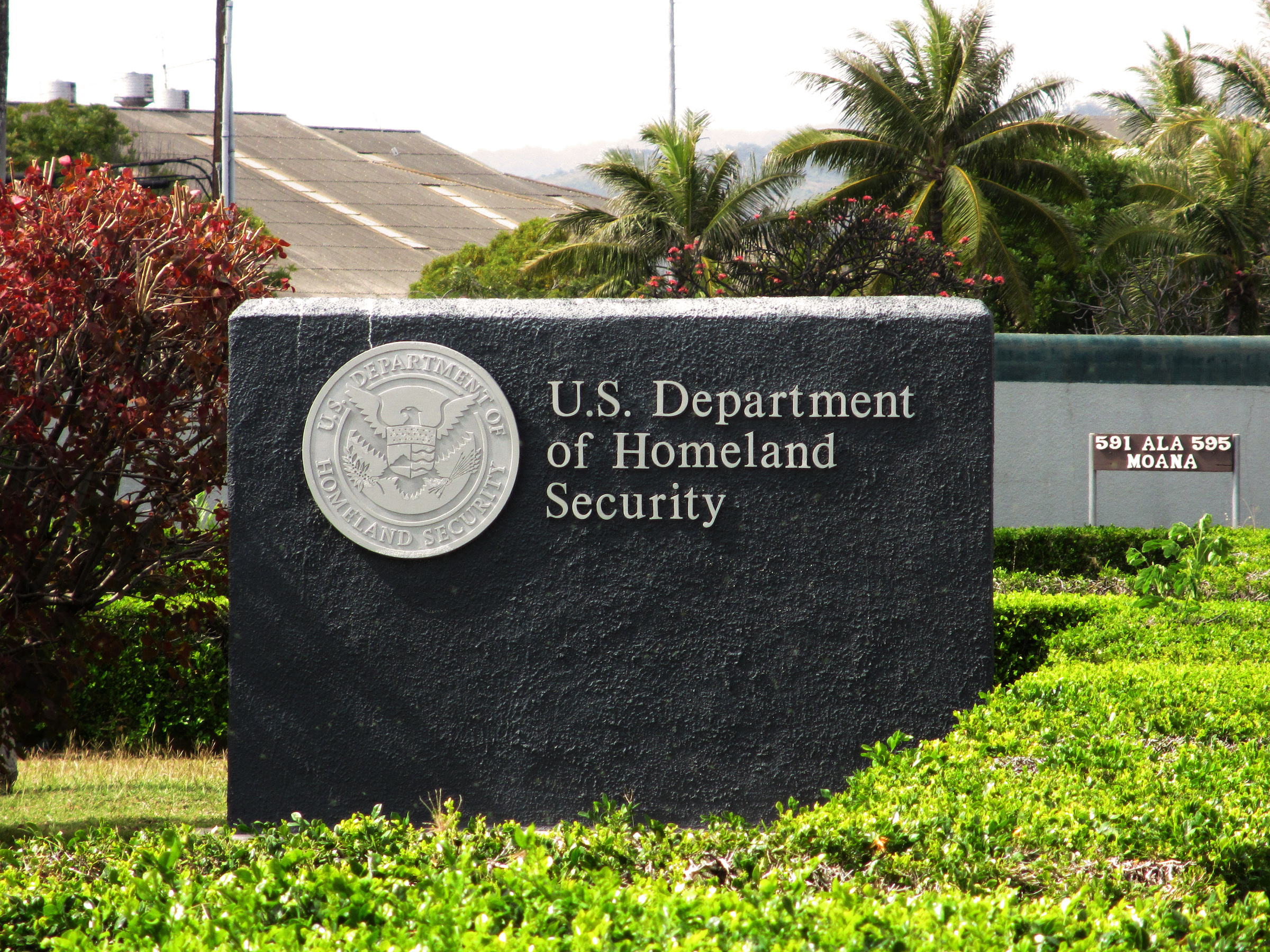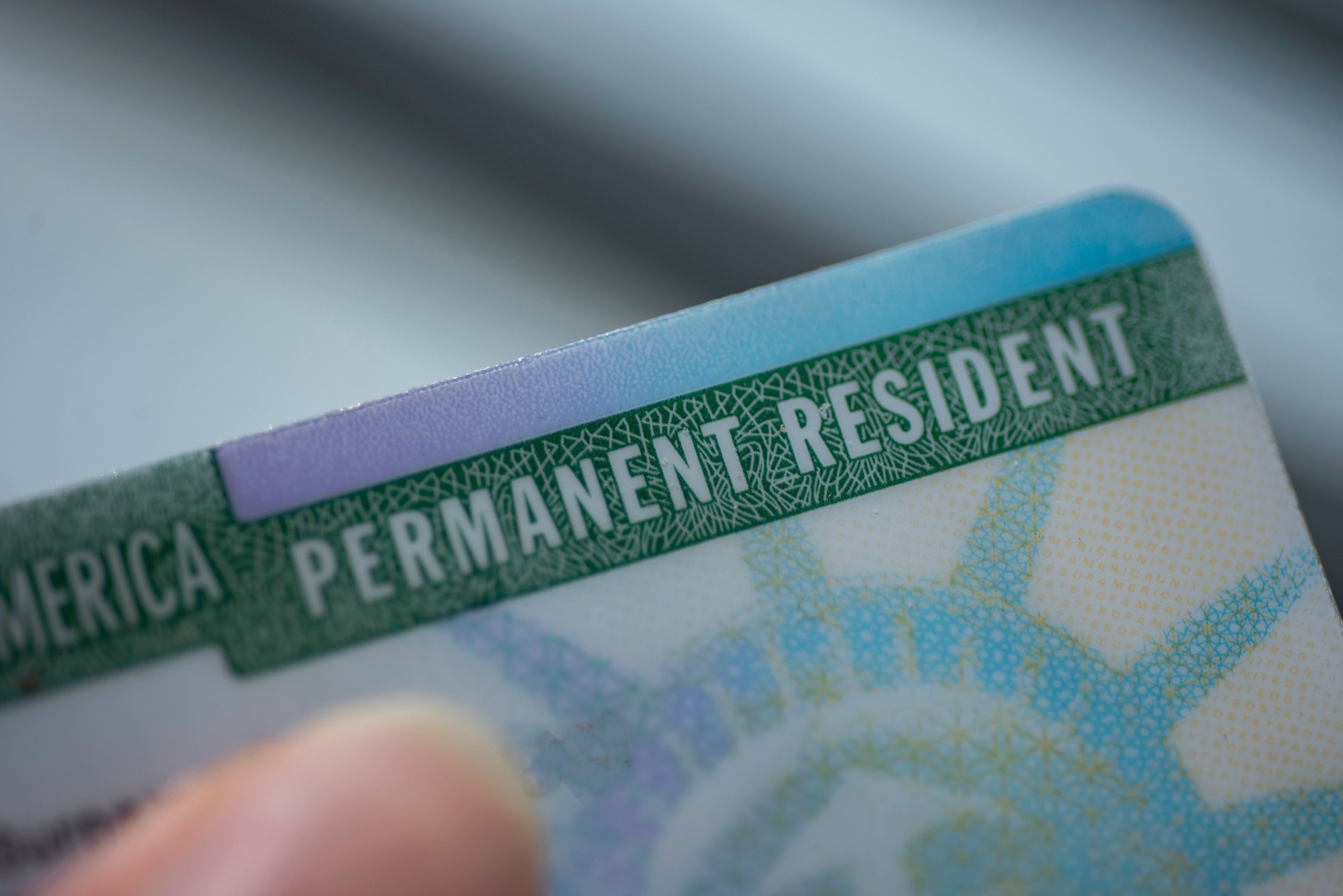
.svg)
{{tip-component-1}}
The U.S. Department of Homeland Security (DHS) has implemented a new Immigration Parole Fee, effective October 16, 2025. This new $1,000 fee was created under H.R. 1, or the One Big Beautiful Bill Act, and applies to specific categories of people granted parole into or within the United States.
Who Is Not Affected
The new fee does not apply to individuals with a pending adjustment of status (AOS) application. If you’re waiting for your green card and travel abroad temporarily, you can return to the U.S. without paying the new fee.
Some green card applicants, such as those with pending AOS applications, may still receive letters mentioning the Immigration Parole Fee, but these notices are often sent broadly and don’t necessarily mean the fee applies.
“As we’ve seen with other large policy rollouts, automated notices can sometimes reach people who aren’t actually affected,” said Deanna Benjamin, an independent immigration attorney with Boundless. “If you receive one of these letters but have a pending adjustment of status application, don’t assume the fee applies. Check your specific case details or consult your attorney before taking any action.”
{{newsletter-component}}
Who Is Affected
The new fee applies to individuals paroled into the United States, including:
- Initial parole from abroad, for those seeking temporary or humanitarian entry into the U.S.
- Parole in place, typically granted to family members of U.S. service members or other noncitizens already in the country.
- Re-parole, when someone previously granted parole needs a new authorization.
- Parole from DHS custody, including certain humanitarian cases.
When and How Payment Is Collected
You won’t pay the fee when you submit Form I-131 or apply for parole. Instead, DHS collects the $1,000 fee once parole is approved. This can happen when:
- You appear for inspection at a U.S. port of entry, or
- You’re already in the U.S. and receive a notice that your parole has been approved and payment is due.
In short, the fee is tied to the grant of parole, not the application process. Applicants are required to have funds ready at the time of approval unless they qualify for one of ten exemption categories.
Why This Matters
For those seeking parole into or within the U.S., this new fee adds a significant cost at the time of approval. Failure to pay could delay or prevent the parole grant. If you already have a pending green card application, this change doesn’t affect you.
What You Can Do Now
If you’re an immigrant:
- Confirm whether your case involves parole (for example, humanitarian parole or parole in place).
- Set aside $1,000 in case your parole request is approved.
- Review any USCIS letters carefully — some are automated and may not apply.
- Consult an immigration attorney if you’re unsure whether the fee applies to you.
If you’re an employer:
- If your organization supports employees or family members through humanitarian or parole-in-place programs, plan for this new cost.
The Bottom Line
The new Immigration Parole Fee adds an extra financial step for those seeking parole into or within the United States. While most green card applicants are unaffected, anyone pursuing humanitarian parole, parole in place, or re-parole should be prepared to pay $1,000 once approved. Staying informed and verifying your eligibility can help prevent delays and unnecessary costs.
{{cta-component-horizontal-aligned}}
- The Immigration Parole Fee is $1,000, effective October 16, 2025
- The new fee does not apply to individuals with a pending Adjustment of Status (AOS) application; it applies to those paroled under INA § 212(d)(5)(A) unless an exemption applies.
- Payment is due when parole is granted, not at filing.
- DHS (through USCIS, CBP, and ICE) will manage collection and enforcement.
.png)
Easy. Online. Immigration.
Take our short visa planning quiz to get started.
Easy. Online. Immigration.
Take our short visa planning quiz to get started.
.png)
.png)








.svg)
.avif)